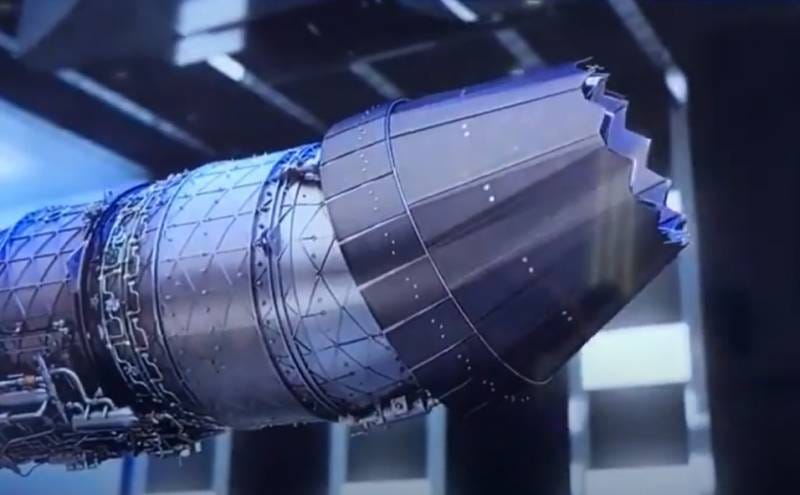Mightier Dragon: The J-20 Grows Up
It's the infrastructure, stupid. And the missiles. And the radar. And the engine. And the drones...China's fifth generation fighter-bomber gets an upgrade.
In 2021 China completed the world’s fastest hypersonic wind tunnel, capable of Mach 30 airflow speeds, while America’s latest, at the University of Notre Dame reaches only Mach 10. While the generational gap in fighter jets draws attention, the disparity in scientific infrastructure is even more striking. In fact, the Pentagon has considered bypassing wind tunnel testing altogether, opting instead for direct flight tests, reflecting how a lack of high-end testing platforms has placed the US in a reactive position. Charriot Zhai
Rumors of a two-seat version of the J-20 emerged in 2018 and the twin-seater J-20S was unveiled at the Zhuhai Airshow last year. Now there are rumors that it might be designated as operational in September, on the 80th anniversary of Japan’s defeat in World War II. While much attention has been placed on China’s fourth-generation jets and two and sixth-generation aircraft are now under test, the J-20 remains the most important tactical jet program as these upgrades demonstrate.
The package
With its radar-absorbing materials and low-observable shape, 2,000 km combat radius, massive internal weapons bay and advanced electronic countermeasures (ECM) to disrupt enemy detection and communications, the J-20 is well suited for long-range strike and air superiority missions. Its active electronically scanned array (AESA) radar offers better target detection and tracking than rivals’, and its integrated sensor fusion–as demonstrated by the Pakistan Air Force–combines data from radar, infrared, and satellites for enhanced situational awareness.
Its a mix of air-to-air missiles, like the PL-15 and PL-10, and precision-guided munitions in internal bays preserve its stealth profile while allowing long-range engagement. External hardpoints hold additional payloads.
Number go up
Since Chengdu Aerospace1 switched from production lines to pulsed manufacturing2, each aircraft advances at intervals. Each station completes its task within a set time (takt time) and the line pauses until all stations are ready to move forward. The result? Output of J-20s rose to 120 this year, compared to Lockheed Martin’s 156 F-35s. And while the F-35 uses fuel-hogging afterburners to reach supersonic speeds, the J-20’s engines let it cruise supersonically without afterburners, for fuel-efficient high-speed operations and superior range.
Engines
Shenyang Liming, maker of the J-20’s WS-15 engine, above, took 19 years to bring it to production. Its 181 kN of thrust give the J-20 fuel-efficient supersonic cruise speed without afterburners (‘supercruise’) and its 360º thrust-vectoring provides more agility
Keep reading with a 7-day free trial
Subscribe to Here Comes China to keep reading this post and get 7 days of free access to the full post archives.





